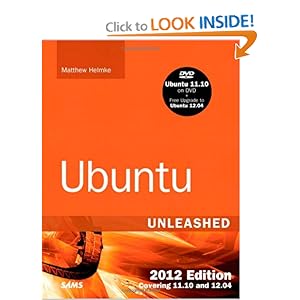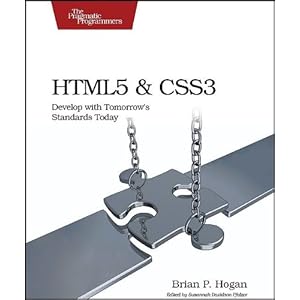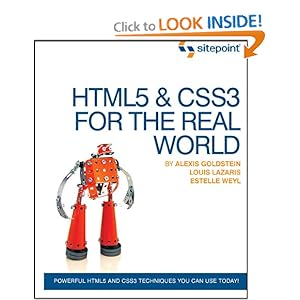As many of you reading this already know, I am a writer. I write for a living. I write technical documentation, books, occasional articles for magazines and websites, and more. The books in this post have been helpful to me primarily in technical writing.
Style guides exist to help writers reduce the number of decisions they must make as they write. This simplifies the complex task of writing technical documentation, at least a little, by eliminating many of the questions that a good writer must ask. Should my directions use the word “click” or “open” when referring to using the mouse to start a program? Should menu options be set off in sentences using italics or bold text? For many of these sorts of questions, there is no right or wrong answer, there is rather a strong need to choose a form and use it consistently. For other questions, there are strong reasons to choose one format or expression over another, but these are not always easy to remember. This is where style guides help.
The first style guide I used, and which still sits on my desk, is The Chicago Manual of Style, which has been around since the late 1800s. Published by the University of Chicago Press, this manual has been a consistent and well respected guide to good writing for decades. While there is a newer edition available, both in print and online, I still have the 15th Edition sitting on my desk, and it has served me well. However, this is a general-purpose style guide, and most of what I write lately is focused on computer software, which uses terminology not covered by The Chicago Manual of Style. I needed to look further.
The rest of this post will focus on three style guides intended for the computer industry. Each of them cover the vital information a technical writer will need when covering topics related to computers, both hardware and software. These include writing mechanics, formatting, style, procedural directions, writing for an international audience, and so on. They differ primarily in the choices made and the manner in which they themselves are written.

Read Me First! A Style Guide for the Computer Industry, 3rd Edition came out in 2010. It was published by Sun Technical Publications, which was part of Sun Microsystems. The style is easy to read and clear, not too dry and never frivolous. The book gives clear examples and labels them “correct” and “incorrect” to help the reader. I have used this book for about 18 months and it has served me well. Some unique topics in this book include legal guidelines for protecting copyrights and trademarks, and a description of different types of technical documentation. This is a very good style guide, but I wonder about its future, since Oracle’s purchase of Sun Microsystems was completed a few months after this edition was published.

The IBM Style Guide: Conventions for Writers and Editors came out in 2012. This is the first edition of the book, but it seems safe to assume IBM has had an internal style guide for decades. IBM documentation is always clear, well written, and consistent. This book is formal, always appropriate in tone and style, and gives many examples to show the “correct” and “incorrect” way to express content. This is a style guide worthy of use by anyone who wants to produce professional documentation.
Microsoft Manual of Style, 4th Edition came out in 2012. This style guide surprised me, in several good ways. First, the layout uses more white space, a clearer typeface, and is slightly easier to read than most style guides. It isn’t that the others are bad, but that this one is better. I also like that Microsoft does not label their examples as “correct” or “incorrect,” but instead uses the terms “Microsoft Style” and “Not Microsoft Style.” While it should be understood that this is the ultimate meaning of “correct” and “incorrect” in the books from IBM and Sun, Microsoft comes across as both authoritative and humble at the same time–an impressive feat. Unique topics include writing with accessibility in mind, for content reuse in ways that allow those with non-traditional needs to be able to use the information.
Bottom line
The Chicago Manual of Style is a writer’s standard, but does not explicitly cover the needs of technical writers creating documentation for computer hardware and software. Each of the other three books mentioned here is a quality guide to creating useful documentation that is clear, useful, and appropriately standardized. They all cover the most important topics, but some of them have information not covered by the other two. Using any of the style guides listed here will benefit the technical writer, especially if no style guide is currently being used. If I was starting a new project, I would probably choose the Microsoft style guide, but I want to be clear that all of them are adequate to the task and worth a look if you are seeking guidance.
Disclosure: I was given my copies of Read Me First!, The IBM Style Guide, and Microsoft Manual of Style by the publishers as review copies. I bought my copy of The Chicago Manual of Style years ago when I first got started.
. With scores of step-by-step solutions, this cookbook helps you work with VMware ESXi in a wide range of network environments. You’ll not only learn the basics—how to pool resources from hardware servers, computer clusters, networks, and storage, and then distribute them among virtual machines—but also how to overcome the stumbling blocks you’ll encounter when you monitor systems, troubleshoot problems, and deal with security.



